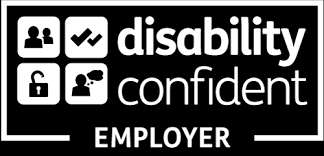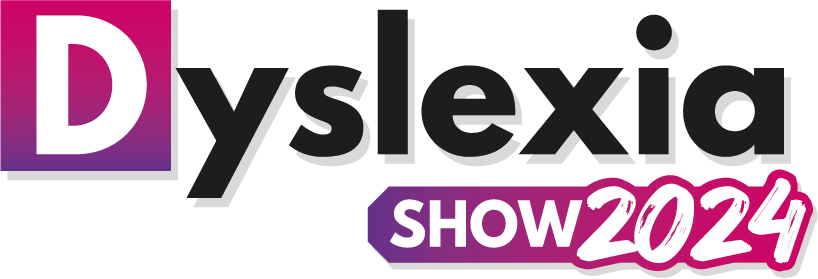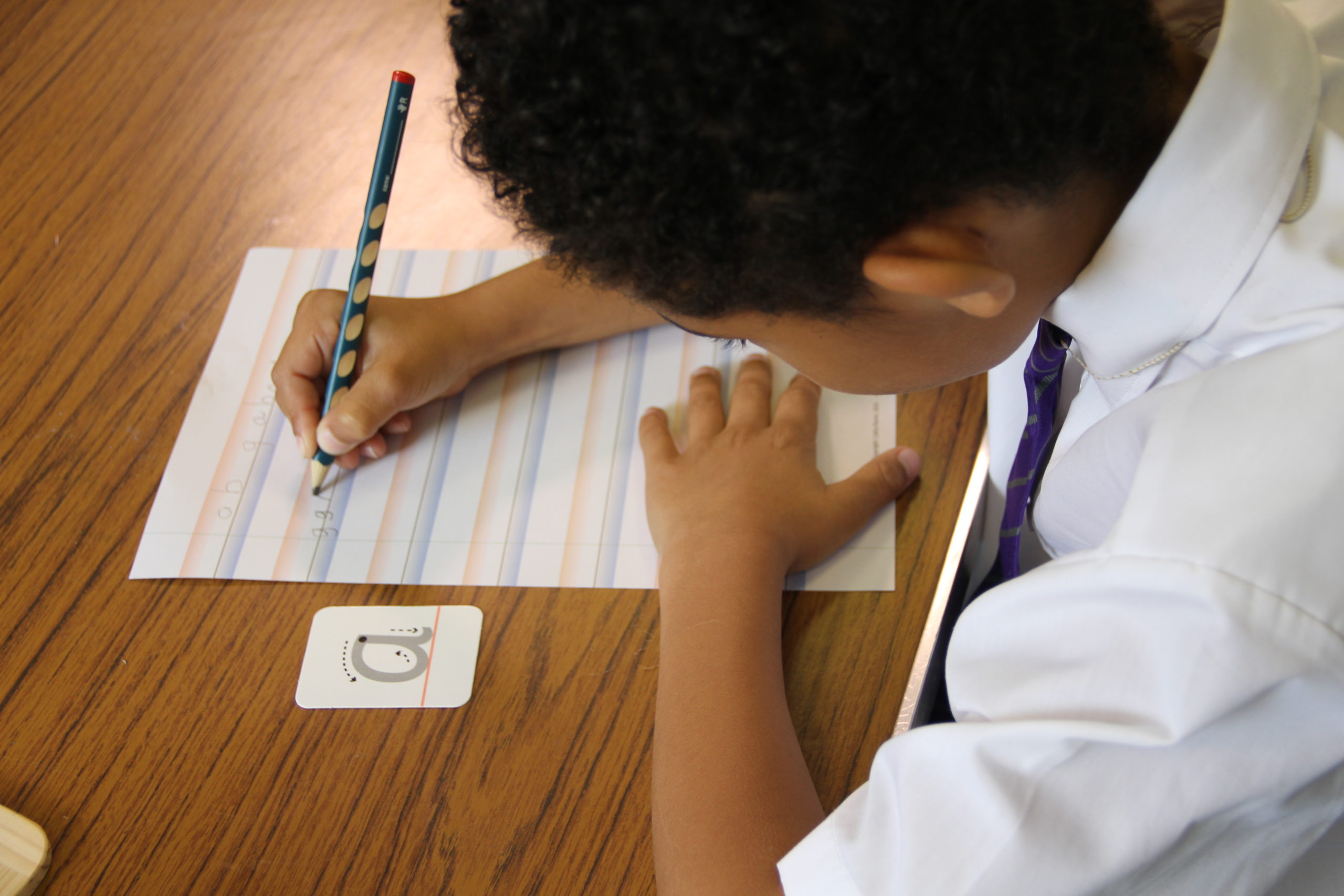Dyspraxia is a “hidden” disability and this makes it complex to recognise, understand, and manage. It is also very common (5% of all children) and for these two reasons it is essential all professionals working with children receive training in dyspraxia.
By Cathy Pavrvin, Dyspraxa-Ed
Have you thought about the following:
- “ Simply putting a rubber grip on a pencil won’t necessarily help a child with poor handwriting”
- “ There are many checks to do before looking at a child’s pencil grip such as posture and furniture”
- “Children care about their handwriting and it really causes distress when they can’t show their knowledge and ideas through written work”
- “The key to preventing handwriting problems is in preparing children properly and understanding the developmental stages of handwriting. Prevention is better than cure is never more true when it comes to handwriting problems”
You will soon understand that there are simple actions you can take.
“I am wondering if she has dyspraxia?” Those were the brave words of my daughter’s Reception teacher. She was a newly qualified teacher and sometime later I asked her how she knew about dyspraxia. She told me her nephew has dyspraxia and she saw similarities between him and Lydie. Interestingly, she had not received training on dyspraxia during her teacher training or subsequently.
Lydie is now twenty-two years old and as I reflect back on her painful journey through education, I realise how fortunate we were to have a teacher who recognised the signs of dyspraxia and will be forever grateful she voiced her concerns. Sadly, most of Lydie’s teachers did not have the same awareness. By the end of Reception year Lydie was diagnosed with developmental coordination disorder (DCD), the preferred medical term for dyspraxia.
Early on, I realised the main challenge facing Lydie was not DCD per se, more trying to live and learn in a world that did not understand her DCD. This was perfectly summed up by Lydie: “I’m trying to live in my round peg way, in a square hole environment”. I often found myself wishing she had a condition which was obvious to the naked eye. How much simpler life would be and allowances would automatically be made.
Link to: https://www.dyspraxia-ed.co.uk/about/
Understanding is key
In 2009, I surveyed twenty-five children aged between nine and 16 years, all with a DCD diagnosis. I asked them what helped them the most at school. I was expecting answers like, “laptops” or “TA help”. In fact, twenty-four of my sample said: “Having a teacher who understands my dyspraxia”. This highlights the need for training and allays the misconception that supporting these children is expensive when, in fact, the opposite is more accurate. Lydie will tell you many things which make it easier for her and most of them are free. Here are a few key examples:
- sitting at the front, face-on to the interactive board
- giving homework out at the beginning of the lesson, not the end
- having a locker/peg/drawer at the end of the row where there’s more room
- teachers talking something through before demonstrating it, not demonstrating and talking at the same time
- keeping the space around the interactive board plain and uncluttered
- allowing pupils time to process any questions before responding.
Individually, such adjustments may seem to be small but collectively, over the course of a school day, they can make a real difference; by the end of the school year they can add up to a significant reduction in stress and anxiety for pupils.
Once teachers are trained in DCD they understand the reason behind these strategies and realise how easy it is to implement them. They then notice the knock-on effects in terms of benefits to others in their class.
About the author
Cathy Parvin lectures and provides CPD and training on dyspraxia. She is an advisor on the Dyspraxia Foundation Educational Panel and she runs Dyspraxia Education Ltd. Hear Cathy speak at the Dyslexia Show.


Event Location
Hall 11
Birmingham NEC
North Avenue
Marston Green
Birmingham
B40 9AD
Opening Times
- Wed 23rd Sep: 9:30 - 17:00
- Thur 24th Sep: 9:30 - 17:00
- Fri 25th Sept - 9:30 - 17:00
Company Information
Dyslexia Show Limited
Future Business Centre
Kings Hedges Road
Cambridge
CB4 2HY
Reg: 11924693
Tel: 0330 088 7985
Email: hello@dyslexiashow.co.uk

